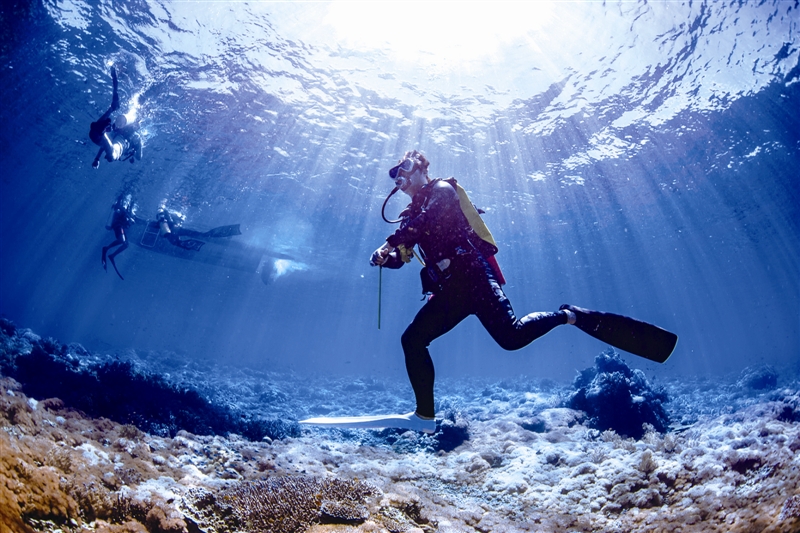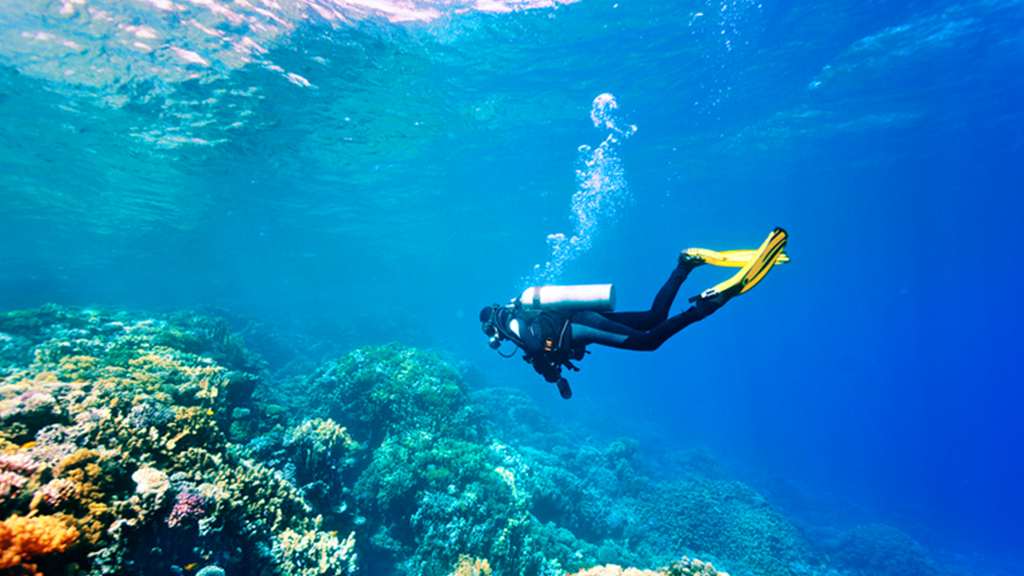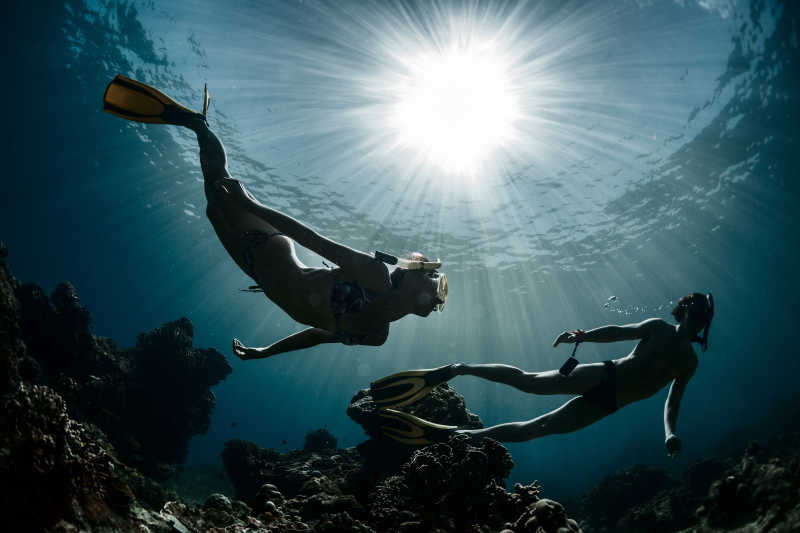What should scuba divers pay attention to when diving deeper than 40 meters?
When scuba divers go deeper than 40 meters, they face greater pressure, more complex gas environments, and higher risks. Special attention should be paid to the following:
Physical condition and skill requirements
Physical examination: Due to the higher physical requirements of deep diving, in addition to routine physical examinations, more detailed examinations of the cardiovascular system, respiratory system, ears, etc. are also needed to ensure that the body can withstand high-pressure environments.
Professional training: Complete advanced technical diving courses, master theoretical knowledge of deep diving, such as the physical and physiological effects of gases at different depths, as well as special diving skills, such as using multiple gases and complex decompression procedures.
Equipment selection and use
Appropriate equipment: Use professional equipment suitable for deep diving, such as gas cylinders with higher pressure bearing capacity, more accurate and reliable depth gauges and pressure gauges, high-performance decompression computers, etc. At the same time, the equipment needs to be regularly maintained and inspected to ensure safety and reliability.
Gas configuration: Choose the appropriate breathing gas based on the depth and diving plan. At depths exceeding 40 meters, helium oxygen mixture or triple mixture is usually used to reduce the risk of nitrogen intoxication and the possibility of oxygen poisoning. Divers need to accurately understand the composition, proportion, and usage restrictions of the gases used at different depths.
Diving Plan and Execution
Detailed plan: Develop a rigorous diving plan, including precise diving depth, time, stopping stations, and decompression plans. The plan needs to take into account the individual's physical condition, the sea conditions of the day, and possible emergencies.
Depth and time control: Strictly control the diving depth and dwell time according to the plan to avoid exceeding the body and equipment's tolerance limit. During the ascent process, follow the decompression procedure and make multiple safe stops to prevent the occurrence of decompression sickness. Generally, a slower ascent speed is adopted, such as rising 10-15 meters per minute, and staying at a specific depth for enough time to expel excess nitrogen gas from the body.
Teamwork: When diving, there must be an experienced diving companion team. Members should maintain close communication and collaboration, and supervise each other's equipment and physical condition. Establish effective emergency signals and handling mechanisms to enable timely mutual assistance in case of problems.
psychological adjustment
Overcoming psychological pressure: Deep diving environments are darker, quieter, and face greater risks, which can easily bring psychological pressure to divers. Divers need to learn to cope with this psychological pressure, stay calm and focused, and avoid making wrong decisions due to nervousness or panic.
Recovery after diving
Adequate Rest: After diving, it is necessary to rest fully in a safe environment, allowing the body enough time to eliminate residual nitrogen and restore physical strength. Avoid engaging in vigorous exercise or traveling to high-altitude areas shortly after diving.
Pay close attention to physical reactions: closely monitor whether the body experiences symptoms such as decompression sickness, such as joint pain, skin itching, and difficulty breathing. Once abnormalities are detected, professional medical assistance should be sought immediately.









Please first Loginlater ~